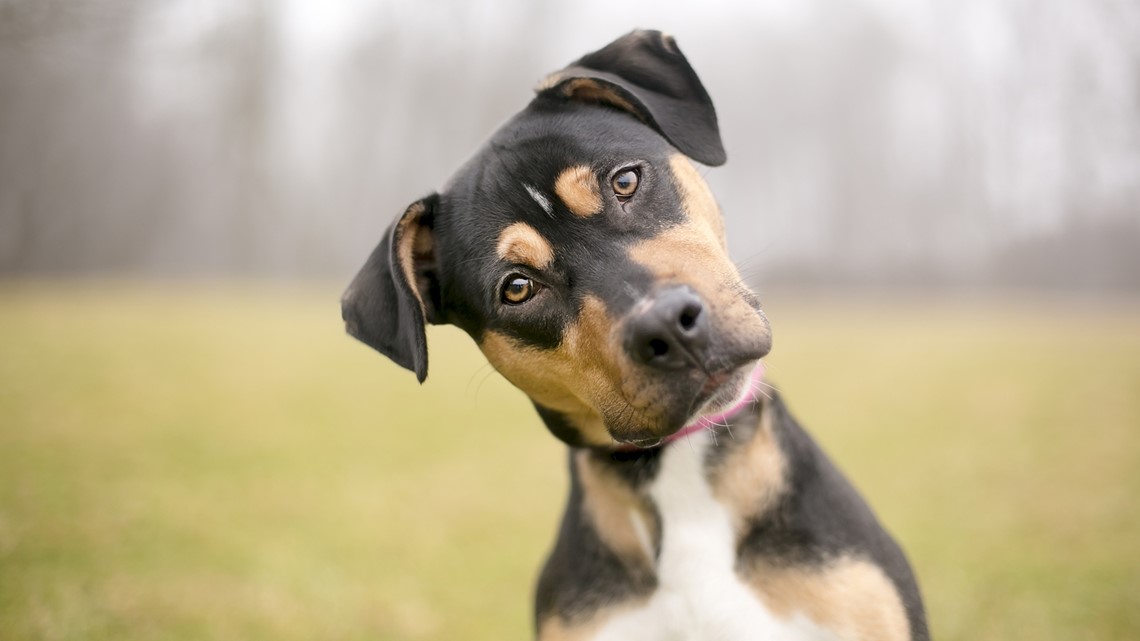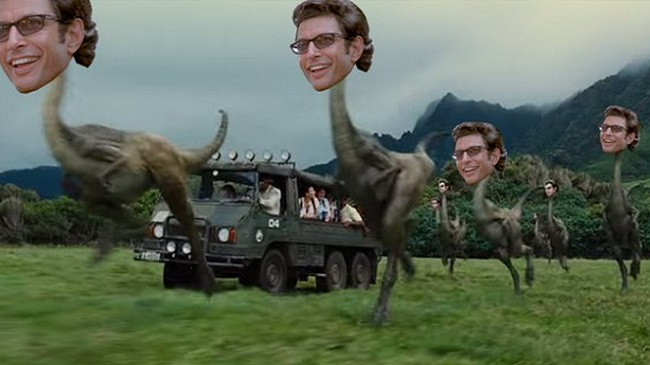



Deer loose their antlers each year and re-grow new ones from stem cells in the base of the antler. Overall, most deer live 11 to 12 years, though many die long before then due to predators or environmental dangers such as collisions with cars.Ī mule deer missing an antler. Deer are unable to fully mature unless they reach a certain size, though how big they need to be varies depending on species. Fawns are weaned at two to five months of age. Some of the large deer babies are also called calves.ĭeer range in color from dark to very light brown, according to ADW, and fawns are born with white spots to help camouflage them from predators. Deer usually only have one to three young at a time and these young are called fawns. Usually, the larger the deer, the longer the mother carries it in her womb. For northern and southern white-tailed deer, gestation is around 193 to 205 days, according to Louisiana State University. Deer that live in tropical climates mate whenever they want, which could be several times per year.ĭeer carry their young for a gestation period of 180 to 240 days. Deer that live in lower latitudes breed from late spring into early summer. Deer in temperate areas breed during late autumn or early winter. When a deer breeds depends on where it lives. Though not common, some deer are monogamous, such as the European Roe deer. For the most part, a deer's diet consists of grass, small shrubs and leaves, though they will forage in trash bins and in gardens if they cannot find the vegetation they need elsewhere.ĭeer have one main stomach and three "false stomachs." Like cows, they chew their cud to fully digest their food. Dietĭeer are herbivores they only eat vegetation. Most deer are active throughout the day, though their most active times are during sunrise and dusk.


 0 kommentar(er)
0 kommentar(er)
